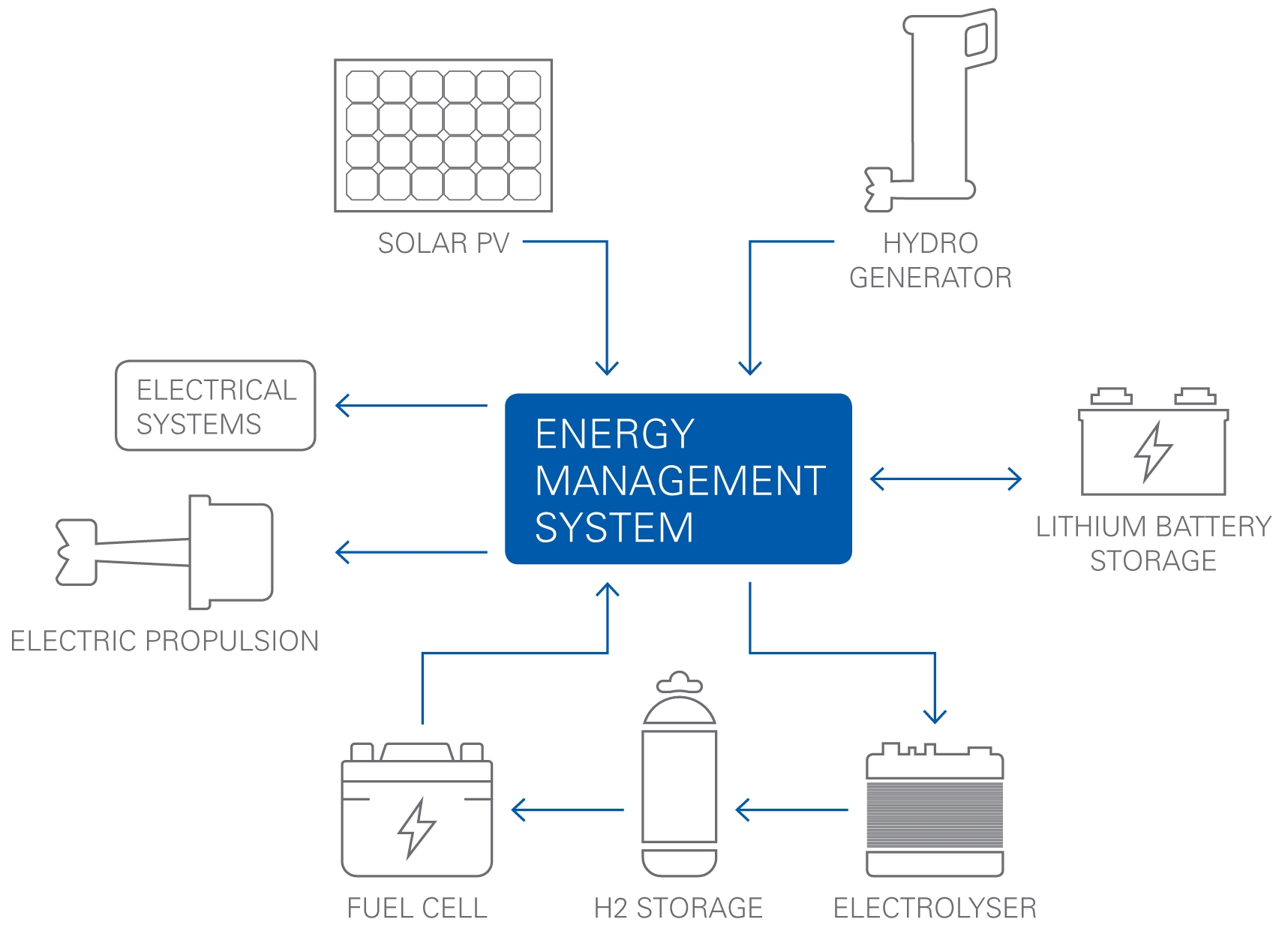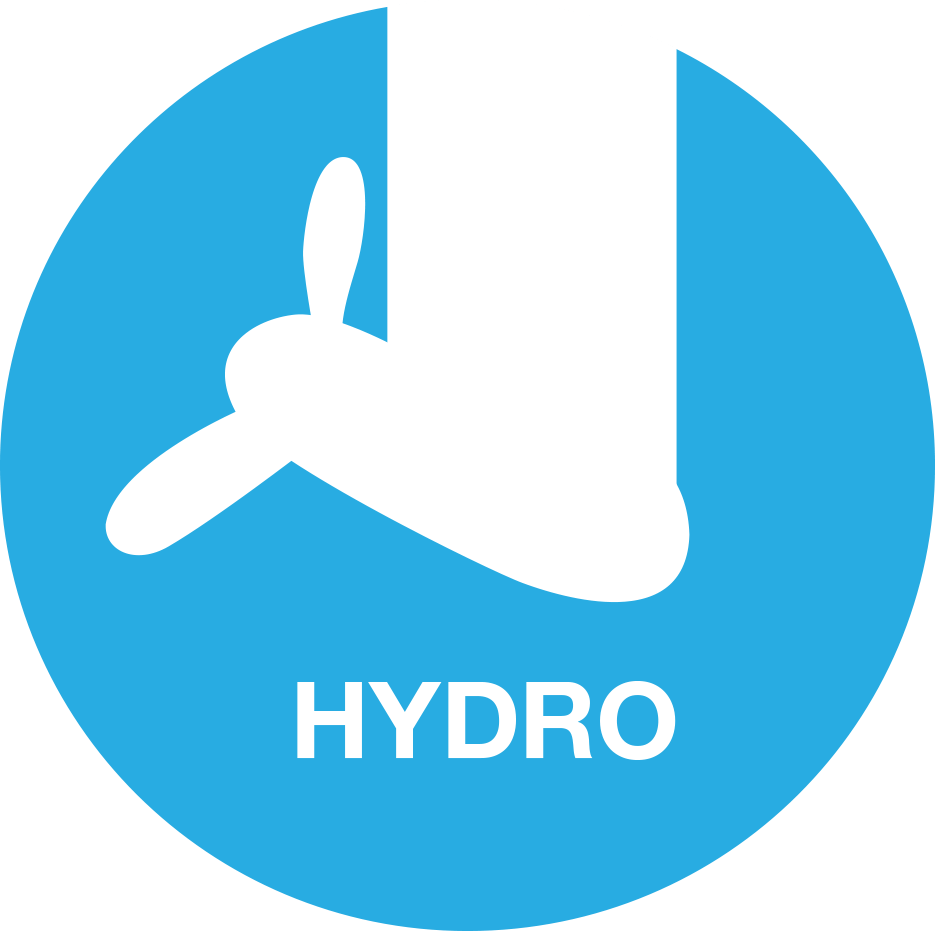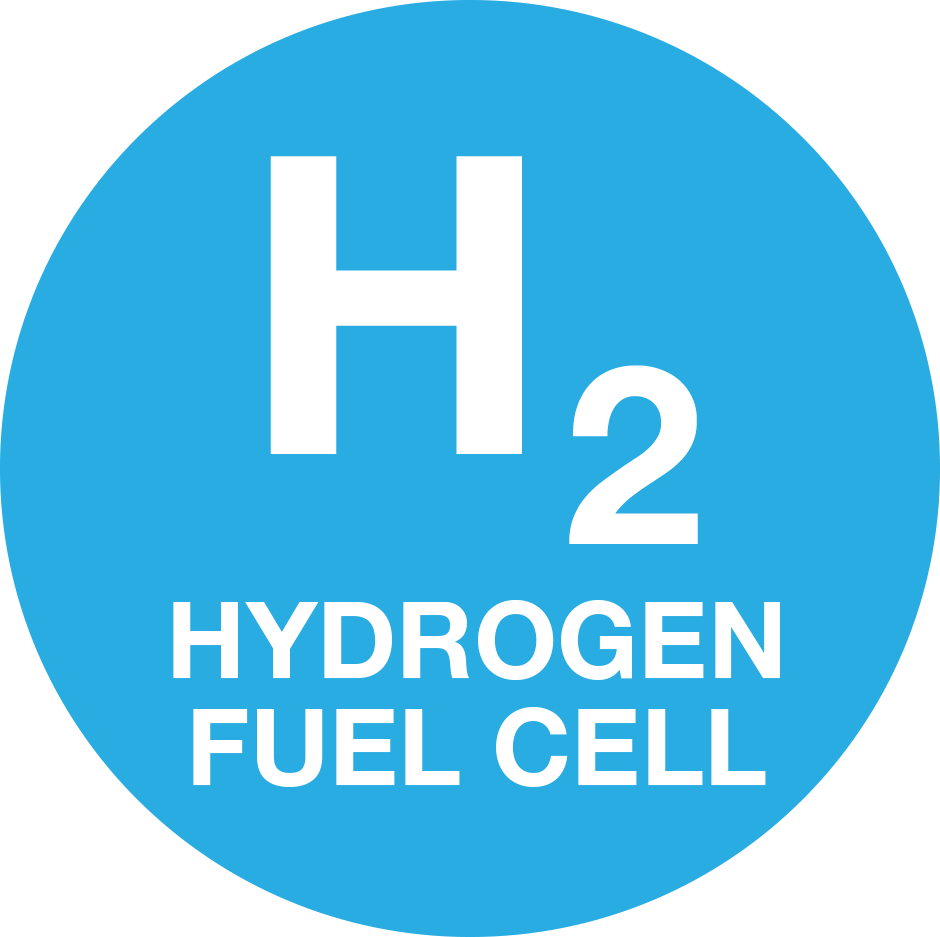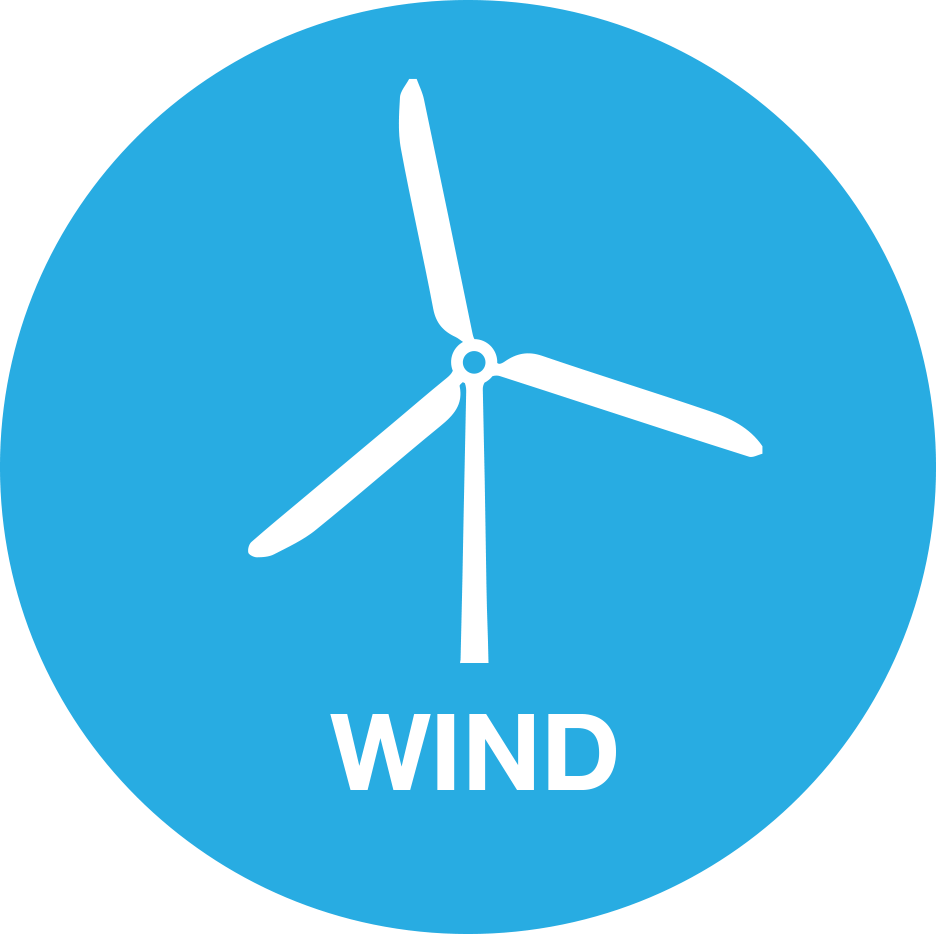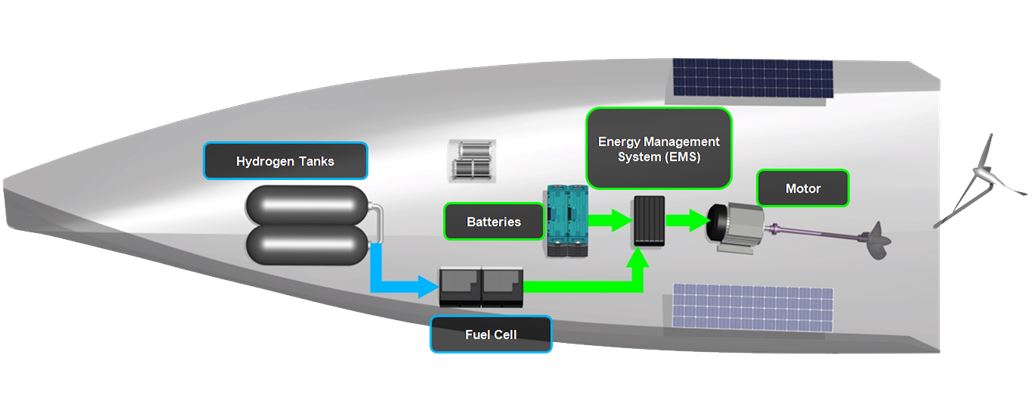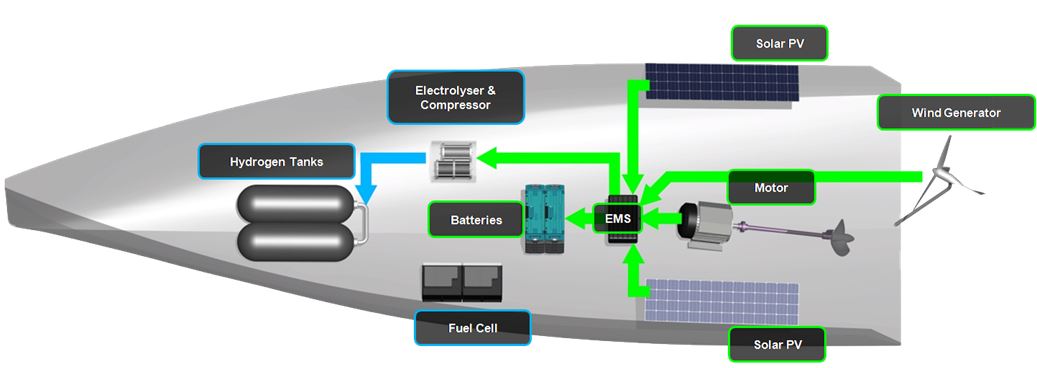Bridging High Performance and Sustainability
Pioneer Clean-Tech
Prototype a stand-alone hydrogen-electric energy system as a practical zero-CO2 solutionEnergy Independence
Demonstrate the performance and reliability advantages of renewable, hydrogen-electric technologies over conventional diesel power units
The Energy Challenge is a bid set up by PS Racing to be the first vessel to win a round-world race on zero CO2, and to circumnavigate with zero backup fossil fuels on board. In collaboration with the Energy Futures Lab at Imperial College London, the team has developed a novel concept for a CO2-free, high efficiency, energy storage and distribution system.
The clean energy system is based on a hydrogen fuel cell (H2 FC) hybrid electric technology utilising clean-hydrogen that offers a low weight, high capacity, and quiet operation alternative to diesel hybrid electric systems.
System Benefits
